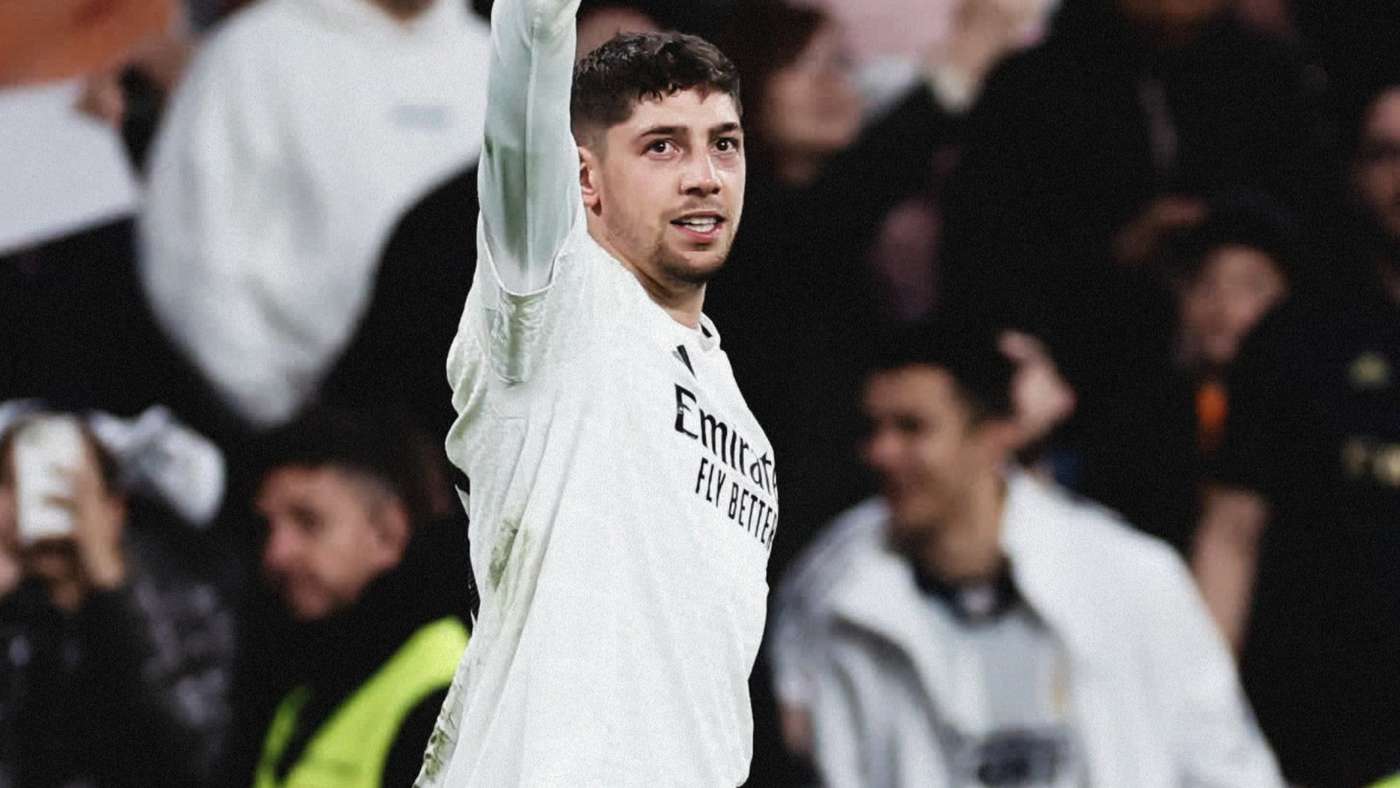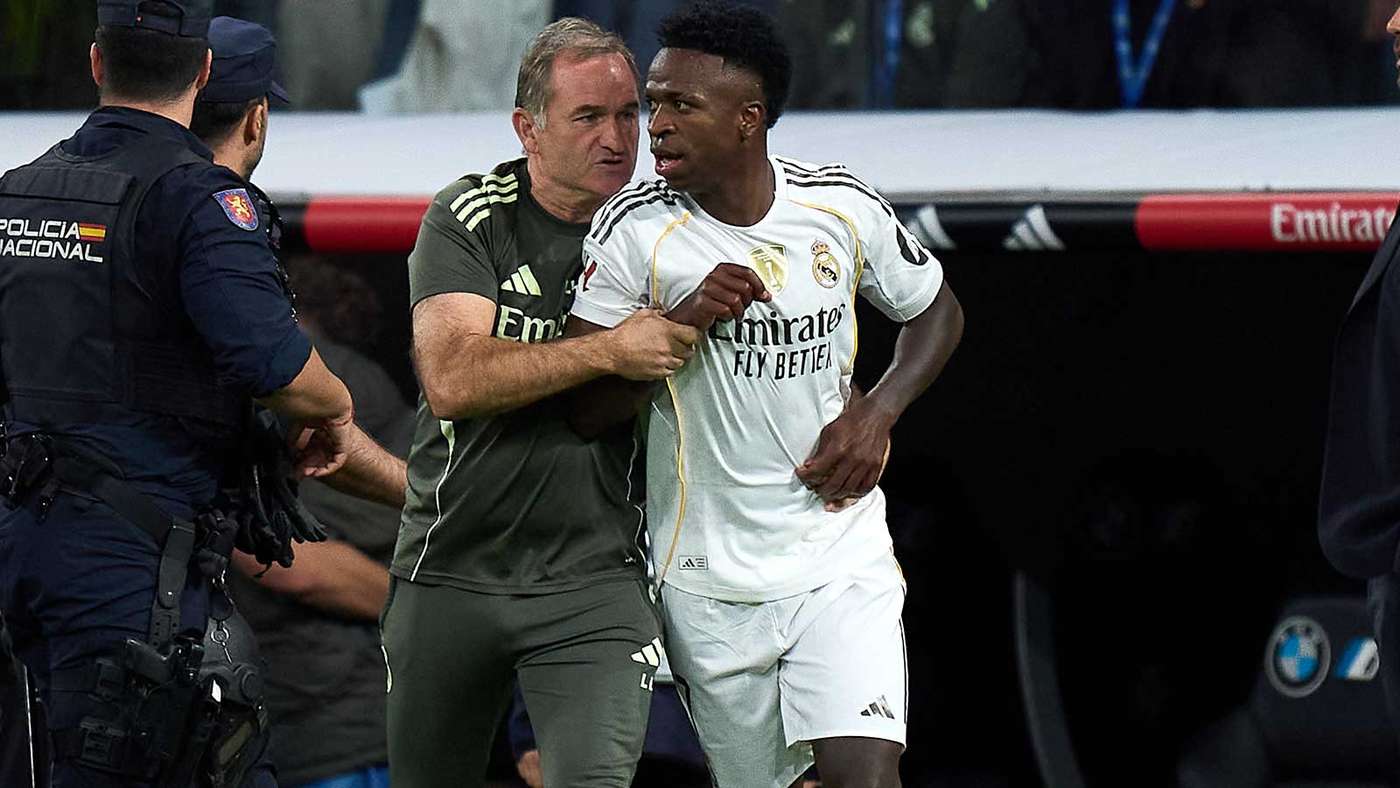Calm Amid the Storm: Alonso Softens Real Madrid’s Locker Room Midnight Oil
1 November 2025

Alonso quietly diffuses a fractured locker room
Spanish coach Xabi Alonso, Real Madrid’s manager, is moving to ease the mood inside the dressing room after a stretch of tensions that have cropped up even as the team enjoys a stellar run in domestic and European competition.
While the young coach has steered the Merengues to eye‑popping results — twelve wins from thirteen games to start the season — friction among stars has grown public. Vinícius Júnior, Fede Valverde, and Eduardo Camavinga find themselves at the center of role debates that threaten to undermine the harmony Alonso has sought to cultivate.
According to the Spanish paper As, Madrid is marching confidently in La Liga and in the Champions League, with only a stumble against Atletico Madrid marring the flawless arc. Yet beneath the surface, tensions simmer and could threaten the mood inside the white walls of the Bernabéu.
The latest spark courtesy of a high‑voltage Clasico at the Bernabéu. Vinícius Jr. showed clear rage after being substituted in the second half, a moment that reverberated around the stadium and beyond. The Brazilian’s outburst acted as a loud alarm bell for Alonso, who answered with restraint, saying after the match: We will talk about these matters inside the dressing room, certainly.
The backdrop to this episode includes injuries and strategic pivots that have forced players into unfamiliar roles, testing the boundaries of trust and teamwork.
Public outburst, private conversations
The atmosphere at Real Madrid grew tense as the Clasico tensions ricocheted through the halls of the club. Alonso avoided blowing the incident out of proportion in public, preferring to handle the matter away from the glare of the cameras. Yet the incident underscored a broader reality: with so many stars, harmony is not a given and every decision becomes a conversation, a negotiation, and sometimes a test of patience.
Valverde’s public admission that he did not want to play in the right‑back position — a consequence of injuries that constrained the squad — added another layer to the drama. In the lead‑up to a match versus Kairat Almaty, the Uruguayan footballer made his stance clear: I was not born to play right back, and I don’t feel comfortable there because I’ve never trained for it.
Alonso’s response was immediate and unmistakable: selections were adjusted, and Valverde was left out of the starting lineup in a move some saw as a quiet rebuke for the comment. The rhythm of the dressing room, once seamless, now carried a tension that required careful steering. Valverde’s absence during warmups for substitutes and his quiet stance for much of the second half added fuel to the discussion about the manager’s authority and the players’ autonomy.
Rotation, rivalries, and the road ahead
Camavinga’s name also entered the debate. The French talent, known for his tactical versatility, pushed back against the idea of playing as a left‑back, saying in a French interview that he is a midfielder, and only performs the other duties when asked, despite not feeling at ease in that position. His remarks recalled past moments under previous coaches when players pressed for clarity about their best roles, and Alonso now faces the task of redefining duties within the squad to keep all parties motivated and productive.
Meanwhile, the left‑wing battle between Vinícius and Rodrygo persists. Alonso has begun shifting Rodrygo to that flank to diversify the attack, prompting questions about Vinícius’s willingness to share the stage. Some media outlets even claimed Rodrygo requested a permanent move to the left, though Alonso has denied such reports, insisting that roles are allocated depending on the needs of each game.
Seasonal data shows Rodrygo spending much of his time on the left, with Vinícius and Rodrygo rarely on the pitch together for more than about 66 minutes since the season’s start. There have been repeated substitutions between them, a sight reminiscent of Carlo Ancelotti’s era when formation changes and player rotations dictated shifts on the fly. Vinícius’s visible displeasure in matches against Espanyol and Kairat Almaty, including leaving the pitch in frustration and tossing a water bottle after a substitution, tested Alonso’s patience but also highlighted the need for calm in a squad that craves consistency.
The broader question remains: can Alonso steer the club’s leadership and composure in a squad packed with personalities and ambitions? The challenges have not dampened the faith of the club’s management and supporters, who believe that these growing pains are a natural part of managing a project of Real Madrid’s scale. Yet the road ahead is clear: Alonso must extinguish the flare‑ups before they ignite the entire locker room, because success on the field is inseparable from harmony off it.
Alonso, who has long embodied Madrid’s philosophy of calm and control, now faces a more human test: how to balance the ego and the edge, while preserving the team’s winning identity. The next weeks will be telling about whether leadership can be as influential off the pitch as it is on it, and whether a squad built for glory can also be a model of unity amid inevitable friction.
Punchline time: If real drama paid salaries, Alonso’s ledger would be hefty, because he’s not just coaching players—he’s coaching feelings. Punchline two: Real Madrid’s locker room is so dramatic that the whistleblower should come with a popcorn concession stand. Let’s hope the treated drama comes with a trophy at the end of the season, and not a sequel season of chaos.



